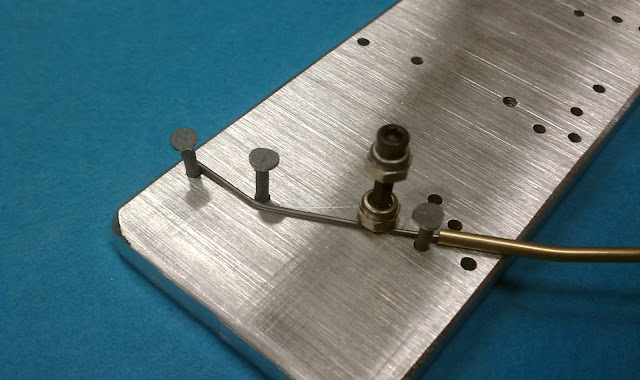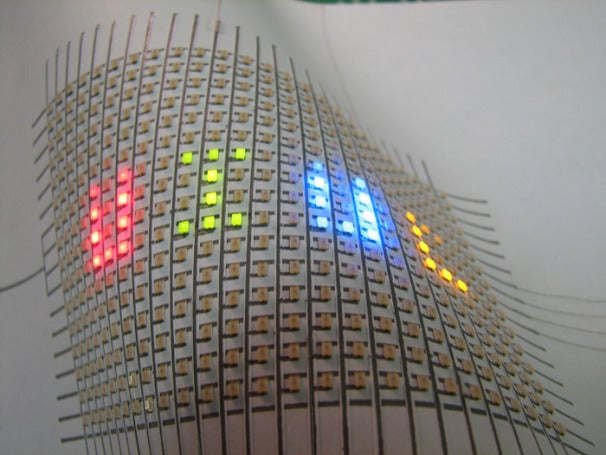I'm on a bus to NYC for the day and just as I was approaching Springfield, MA when Paul Hudnut at BOPreneur posted an article by Laurie Lane-Zucker, CEO of Hotfrog. I've never heard of Hotfrog, I've never heard of Laurie Lane-Zucker. Nevertheless, his essay on what's wrong with a maturing social entrepreneurship space that's more awash in the buzzwords and consultant speak of impact and innovation that in the transparent reality of the difficulty of pulling off the hard stuff an inspiring wake up call to those courageous folks trying to make the world a better place.
If we were to add some more powerful stats, this article could be one of the most important pieces written on speaking truth to power in the scene. It's the type of writing that could catalyze TheFunded.com type of open database on rating investments in social enterprise.
Lane-Zucker bravely points out items that most of us see but never collectively call people in the SE space on:
If we were to add some more powerful stats, this article could be one of the most important pieces written on speaking truth to power in the scene. It's the type of writing that could catalyze TheFunded.com type of open database on rating investments in social enterprise.
Lane-Zucker bravely points out items that most of us see but never collectively call people in the SE space on:
From early on, I came across a frequent disconnect between the entrepreneurs in the space and some of the space’s institutional leadership. One of the first people I hired as a consultant to help in my business’s development had just closed up shop on her own social venture for lack of investment. When I told her the reason I was going down this path was in part because I had been assured there was much more funding available than in the charitable space, she scoffed and told me not to believe it. “There is hardly any money to be found,” she reflected bitterly.
More recently, when I mentioned to the co-founder of one of the most respected networks in the space that I was not seeing a lot of early stage money, he fervently contradicted me: “There’s tons of money available!”
I particularly like the point
"Most investment funds that have been set up in the social/impact spaces (i.e. Impact50) are focused on mezzanine and growth stage investments (in other words: if you are already making money, we may invest our money; if you are not, then you are too early)"
If you combine that fact with the undeniable requirements for investments in risky endeavors, especially when challenges require invention and innovation, you can see not just the Ponzi scheme but a nearsighted lens on executing the hard stuff. Hard stuff is not just collecting information on a mobile phone about health, it's about creating that diagnostic or treatment device for you to do something about it in the first place. Hard stuff is not just creating a super mashed up version of a business model that assumes social entrepreneurs actually enjoy a strange lifestyle that combines exotic conference locations with a struggle-pay-their-student-loan lifestyle. Hard stuff is investing in the SE startup facing the reality that the co-founders have 10 different options in the non-SE space that will be meaningless, yet investible. The hard stuff makes an impact and it's a road worth travelling. We're just going to have to find better vehicles than Cinderella pumpkins.

Recently, Neal Stephenson wrote an inspiring article in Wired that reminded geeks like myself why we keep trying the hard stuff, despite the environment that Lane-Zucker describes
"Innovation can’t happen without accepting the risk that it might fail. The vast and radical innovations of the mid-20th century took place in a world that, in retrospect, looks insanely dangerous and unstable. Possible outcomes that the modern mind identifies as serious risks might not have been taken seriously — supposing they were noticed at all — by people habituated to the Depression, the World Wars, and the Cold War, in times when seat belts, antibiotics, and many vaccines did not exist. "








